
OR
The changing face of a Majhi village
Published On: March 10, 2019 11:04 AM NPT

KHOTANG, March 10: Som Bahadur Majhi from Ravuwa village is living a comfortable life in Kathmandu. Birkha Bahadur Majhi of the same village is also living comfortably at Thimi, Bhaktapur. Since the last few decades, Ravuwa village has lost its charm as the local Majhi families have been migrating to cities in search of a better life.
Fishing was the main occupation of Majhis in the village. Men would row boats in the river, sailing people from one shore to another. However, during the last few decades, the community’s members have been preferring foreign employment, which has brought changes in their lifestyle. If men are working abroad and providing for families, wives migrate to cities for their children’s education. According to Som Bahadur Majhi of Lamidanda, Majhis are no more the same, nor is their village.
“We had our own lifestyle, cultures, practices. We would live by fishing. But now, we are distancing ourselves from such works. You would not find our community members on the banks of Dudhkoshi River anymore,” said Som Bahadur. “Foreign employment changed things around here for good.”
Most of the Majhi people are working in Gulf nations while some are working in India. Their first priority after earning some money is to build a house in cities, preferably in the Kathmandu valley. If buying land or building a house in the Kathmandu valley seems unaffordable, they opt for other cities. “Members from our community are moving to Chitwan, Biratnagar, Birgunj. Those who can buy land or house in Kathmandu make it their first choice,” said Som Bahadur.
Arguably, Som Bahadur himself is the first Majhi man from his village to go abroad for foreign employment. It was in 1985. Since then the number of aspirants has only grown. “Over half of our young population is working abroad now,” Som Bahadur assumes.
Since the Majhi community is not highly educated, they have limited choice even in foreign employment. According to a local of the village Baburam Joshi, not just Majhi, people of all communities in the district are abroad. “But regarding Majhis, their village is almost empty now,” he said.
Though most of the Majhi families have already left the village for cities, some others have however rebuilt their houses in the village itself. Houses with thatched roof have disappeared from the village nowadays. “Whether they live in the house or not, they have dismantled their old houses and built new ones that have corrugated sheet roofs. As such you will find that our village now has stylish houses with colorful roofs. Our village looks attractive though only a few people actually live here,” Som Bahadur said.
He is not inaccurate. The village has lost its populace to migration, but new stylish houses have surfaced in here. Majhis no more have financial problem to dismantle their old cottages and build new ones. Similarly, people of other communities too have invested in ‘beautifying’ their houses.
“The new houses are all the result of remittance. Almost every family in the village has one or more members working in foreign countries. The remittance that they send has alleviated our community from poverty and is providing our family a good life,” Joshi stated.
Som Bahadur meanwhile lamented the fading cultures of Majhis. “Those were difficult days, but life was original, simple. Our children do not know about fishing and boating. After the government built bridges, sailing people with boats became obsolete. We also engaged in farming, but nowadays our people don’t do that also,” he said.
The Majhi families who have settled down in cities gather in their village twice a year. One during the Nepali New Year and next for Koshi Puja which is celebrated in March.
“Those two occasions are very special for us. We were so close, so connected earlier. With time, we have almost forgotten our own people, everyone has become an individualist. But during those ceremonies, we reflect upon our life and changes and try to fill the gap,” noted Som Bahadur.
Apart from Ravuwa, Majhi community members in the district live in Ghopatar, Jayram, Bhadareghat, Sanobhadare and Rasuwaghat, Godulighat villages along with some settlements along the banks of Sunkoshi and Dudhkoshi rivers. At Lamidada alone, there are 87 Majhi families. According to Majhi Uththan Sangh, though Majhis have gradually lost their original lifestyle, their language is still alive. “Our children are now getting a good education; new avenues of opportunities are open for them. But our association says we have been able to protect our language so far,” said Som Bahadur.
Som Bahadur added that though more Majhis are getting an education, the representation of the community is nil in the state mechanism. Politics is not something Majhis have tried. “Our people are not in the government. We have no connection at the political level. Not even in the local level,” he said.
You May Like This

Four ward chiefs boycott municipal assembly in Khotang
KHOTANG, July 18: Four ward chiefs of Halesi Tuwachung Municipality in Khotang have boycotted the municipal assembly meeting expressing their disappointment... Read More...

'Unsafe abortion rampant in Khotang'
KHOTANG, May 22: Abortion by unregistered health workers is increasing in Khotang. The District Hospital, Khotang on Tuesday held an interaction... Read More...
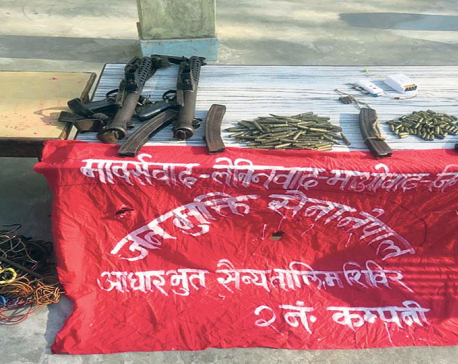
Govt restricts Chand group’s activities
KATHMANDU, March 13: The government on Tuesday outlawed the ‘political activities’ of the semi-underground Communist Party of Nepal led by... Read More...
Just In
- CIAA files corruption case against two employees of Tikapur Land Revenue Office
- Infrastructure development gains momentum up in Gandaki Province
- Iran presidential helicopter in 'accident', search underway: state media (Updated)
- Water sources in CNP drying up due to drought, putting wild animals at risk
- Nepal to host int’l dialogue on climate change issues of mountainous countries
- JSP-N Chairman Yadav moves SC to bar seven defected lawmakers from parliamentary activity
- NEPSE surges 45.69 points, daily turnover increases to Rs 5.25 billion
- Police constable murder case: Connection to drugs and eve teasing revealed!




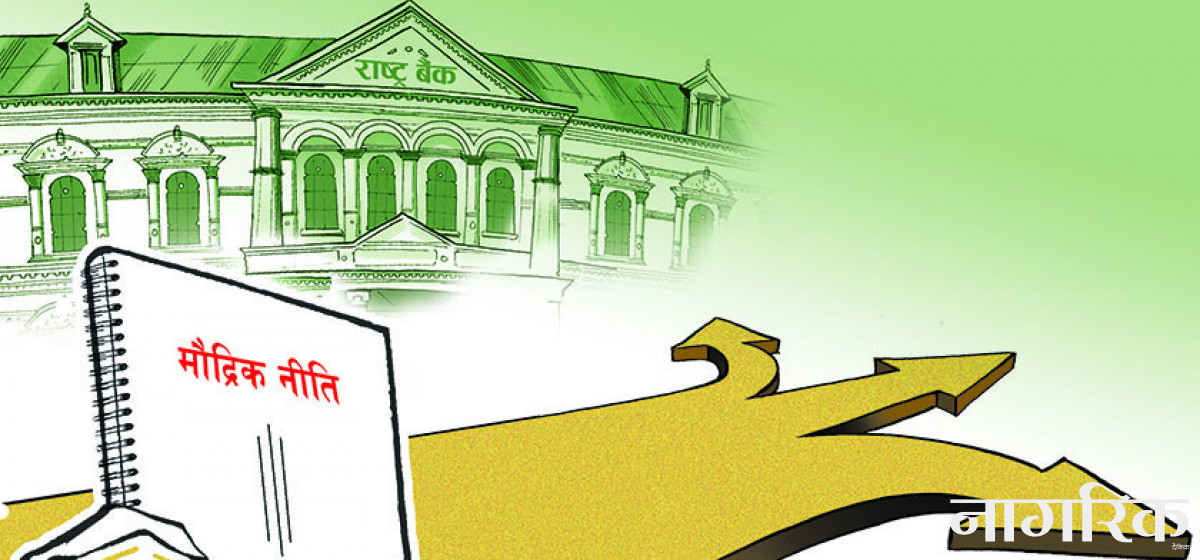
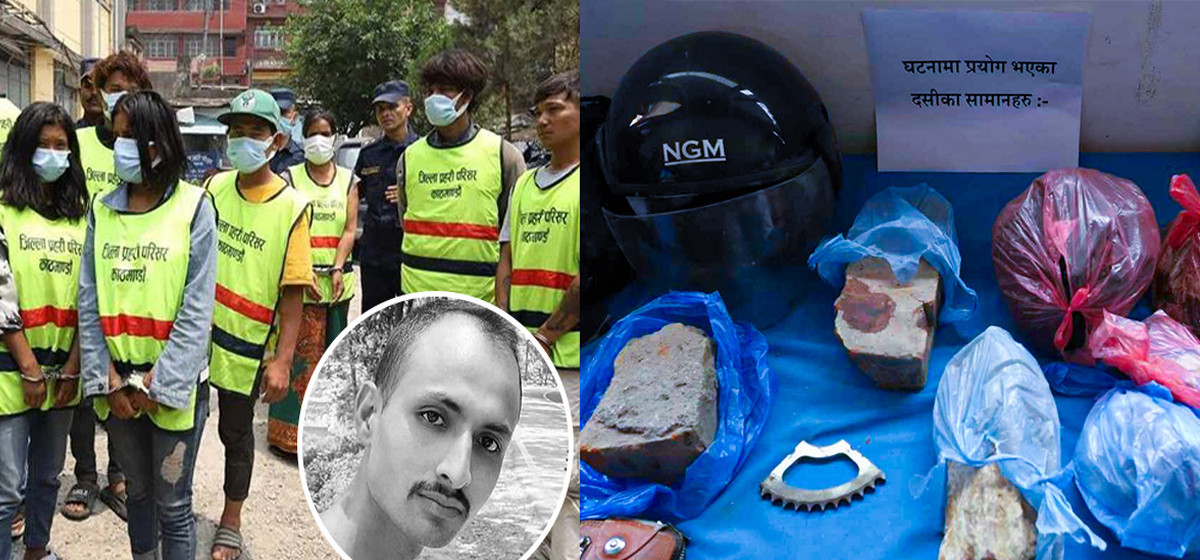
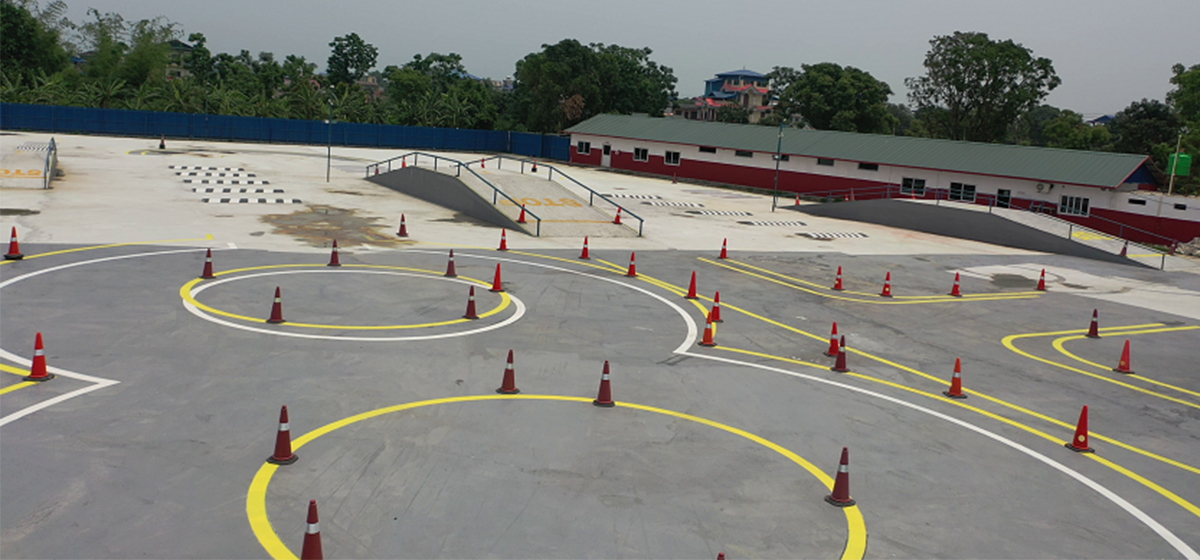
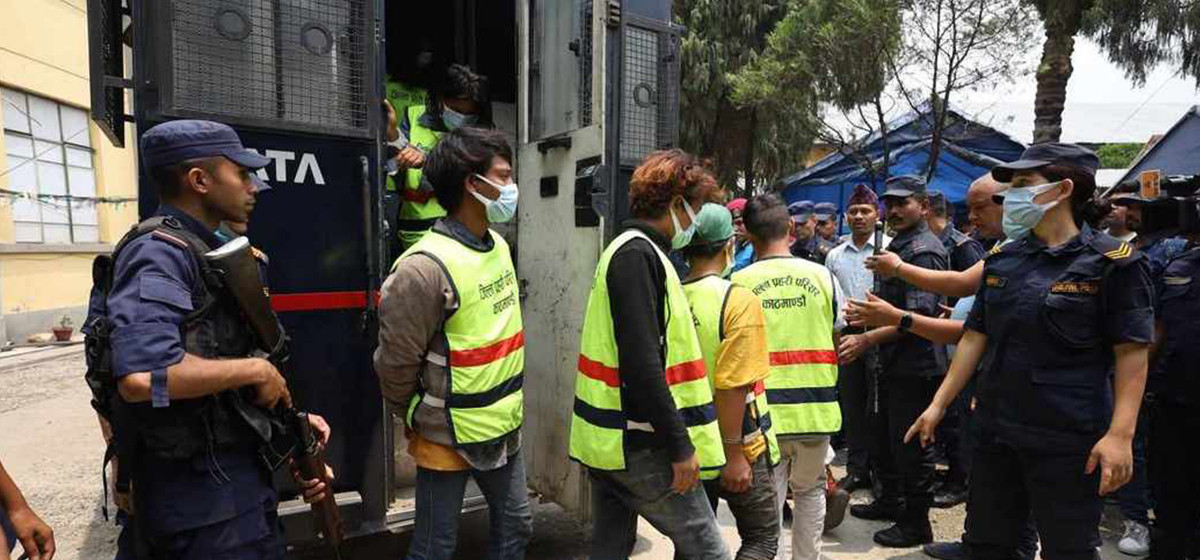


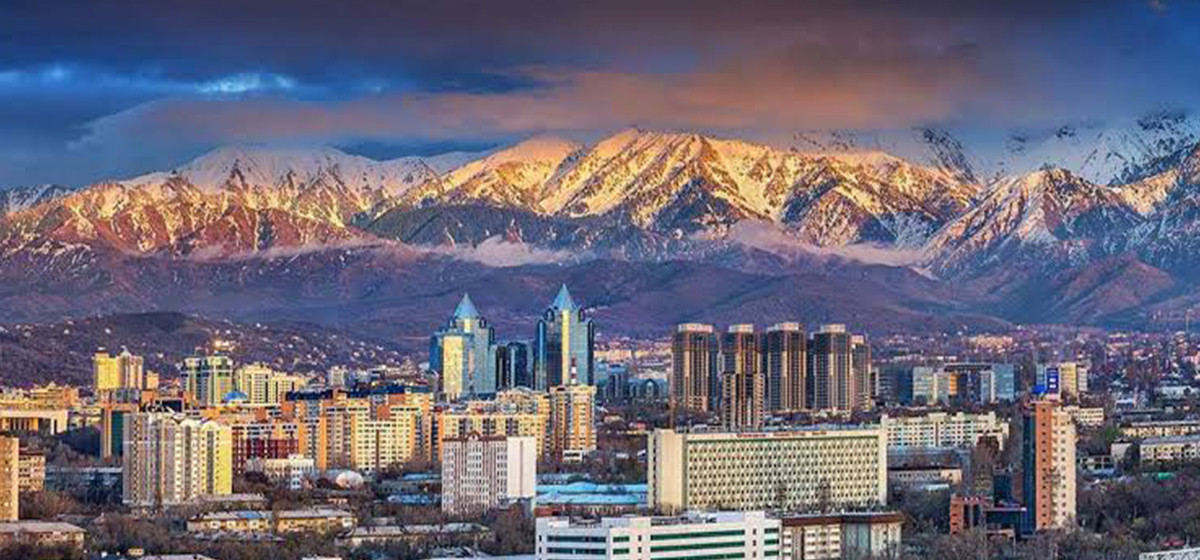
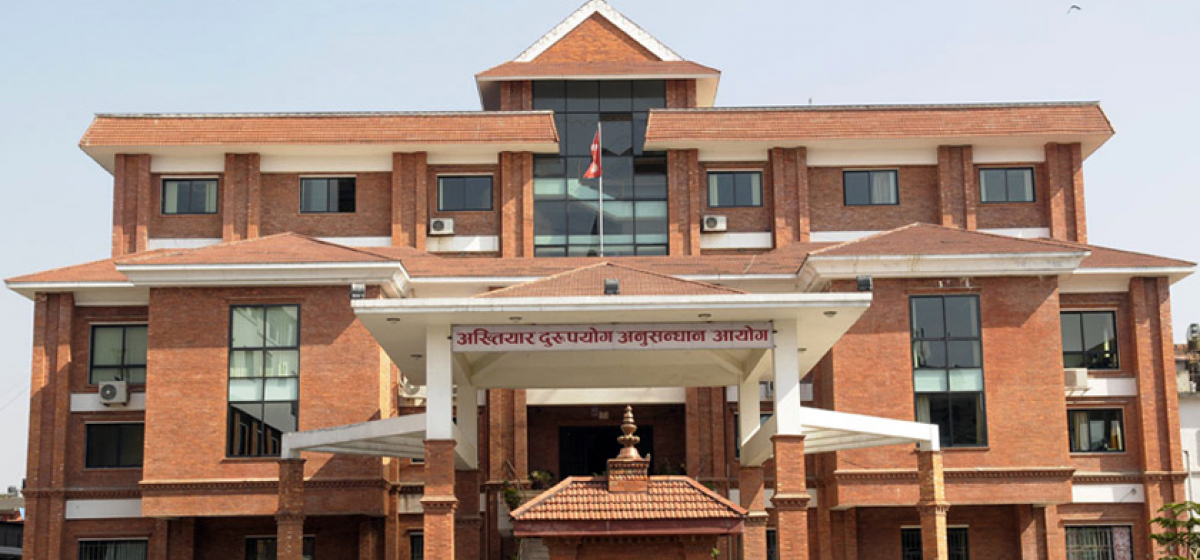
_20240311121839.jpg)

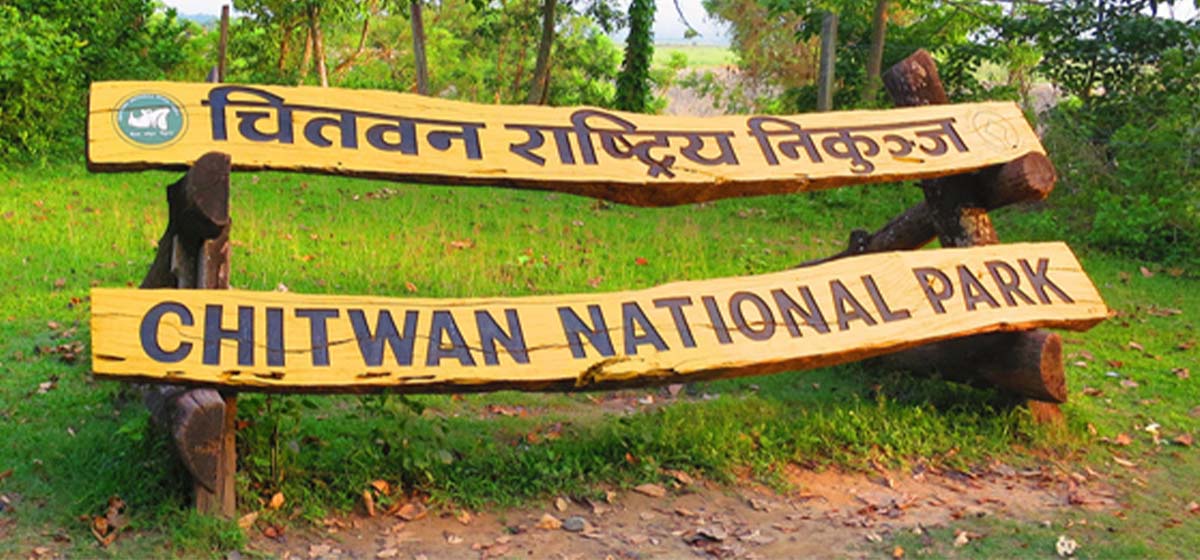


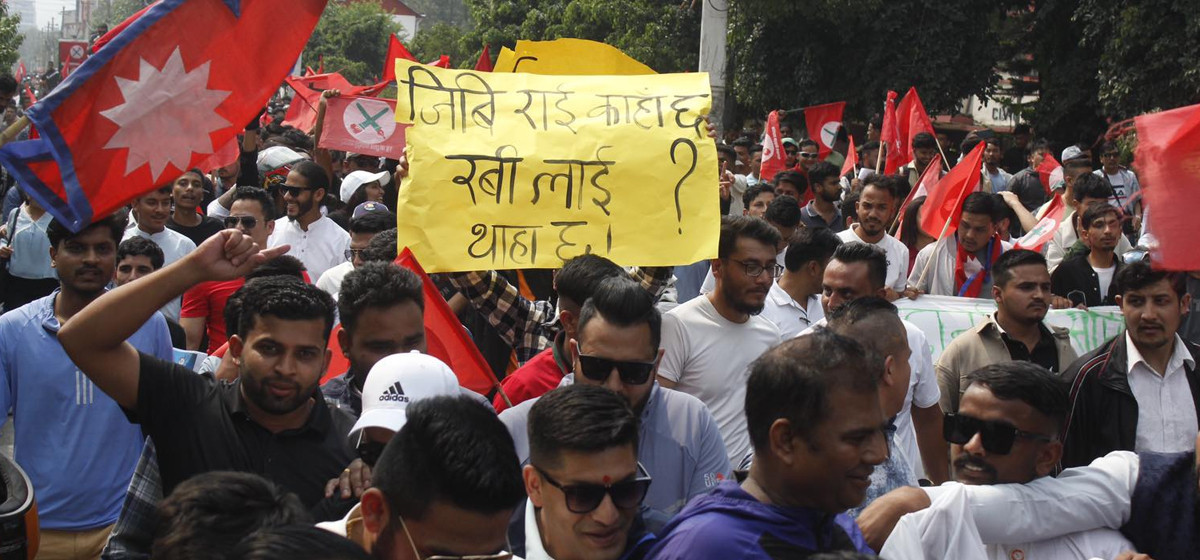
Leave A Comment